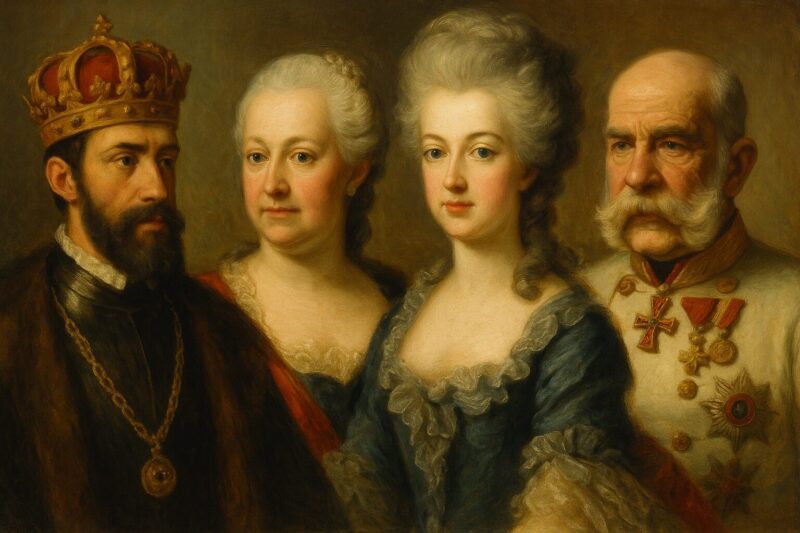From Border Lords to Emperors

Construction of Habsburg/Habichtsburg Castle (AI generated image)
The story starts at Habsburg Castle in today’s Aargau, Switzerland. In 1273, Rudolf I was elected in the Holy Roman Empire, pushing the family into major European politics.
Marriage as Strategy (not only war)

AI generated image
Maximilian I married Mary of Burgundy and gained rich lands by contract, not conquest. Their son Philip married Joanna of Spain; their heir Charles V united many crowns.
Peak Power—and the Split
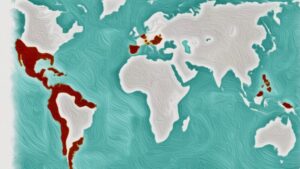
Territories Ruled by Charles V (16th Century) (© Habsburg-Dynasty.com, based on primary sources)
Under Charles V, Habsburg rule stretched across Central Europe, Spain, Italy, the Low Countries, and the Americas. In 1556 he abdicated and split the dynasty: Austria to his brother Ferdinand; Spain and overseas to his son Philip II.
One Name, Two Paths
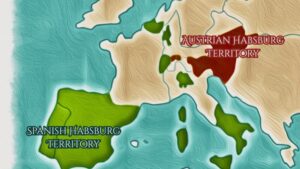
Habsburg territories in the first half of the
17th century © Habsburg-Dynasty.com, based on primary sources)
Spanish Habsburgs fought as Catholic champions over seas and empires. Austrian Habsburgs anchored Central Europe, balancing German politics and the Ottoman threat.
When Bloodlines Turn Risky

Charles II (1661–1700) Source: Wikimedia Commons (Public Domain)
Repeated close-kin marriages weakened the Spanish line. Charles II suffered severe health problems and died without an heir, triggering the War of the Spanish Succession.
A Patchwork Empire that Worked
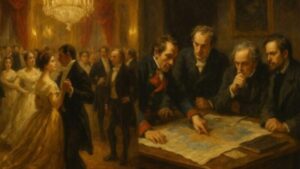
© Habsburg-DYnasty.com / AI generated image)
The Habsburg realm was a personal union—Bohemia, Hungary, Croatia, Galicia, Transylvania—each with its own laws. It lasted by compromise, negotiation, and local autonomy.
Revolutions, Re-branding, and the Dual Monarchy
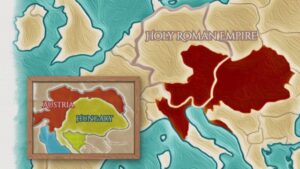
Habsburg territories in the early 19th century (© Habsburg-Dynasty.com, based on primary sources)
After the French Revolution and Napoleon, Francis II ended the Holy Roman Empire (1806) and ruled the Austrian Empire. In 1867, Franz Joseph created the Austro-Hungarian Dual Monarchy—two states, one monarch; Bosnia-Herzegovina was later annexed (1908).
The End—and a New Kind of Legacy

© Habsburg-DYnasty.com / AI generated image)
The Sarajevo assassination led to World War I. In 1918 the monarchy collapsed. Emperor Karl I went into exile. His son Otto later worked for a peaceful, united Europe.
Afterword
From a small Swiss castle to a web of crowns, the Habsburgs changed Europe with marriages, diplomacy, and—when needed—war. Their story asks: what truly holds diverse peoples together?
You may also like:
📖 The Habsburg Family Tree Explained|Tracing 650 Years of Imperial Bloodlines
📖 The Habsburgs: A Timeline of Power, Maps, and Turning Points
📖 The Rise and Fall of the Habsburg Empire—In Six Maps
References
- Jean Bérenger, A History of the Habsburg Empire, 1273–1700. Longman, 1994.
- Pieter M. Judson, The Habsburg Empire: A New History. Harvard University Press, 2016.
- Steven Beller, The Habsburg Monarchy 1815–1918. Cambridge University Press, 2018.
- Henry Kamen, Philip IV of Spain: A Life. Yale University Press, 1997.
- J. H. Elliott, The Count-Duke of Olivares. Yale University Press, 1986.
- Primary sources: Pragmatic Sanction of 1713, records of the Imperial Diet, Austrian National Library digital archives.


